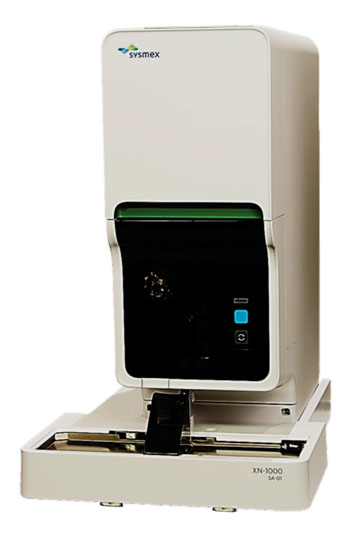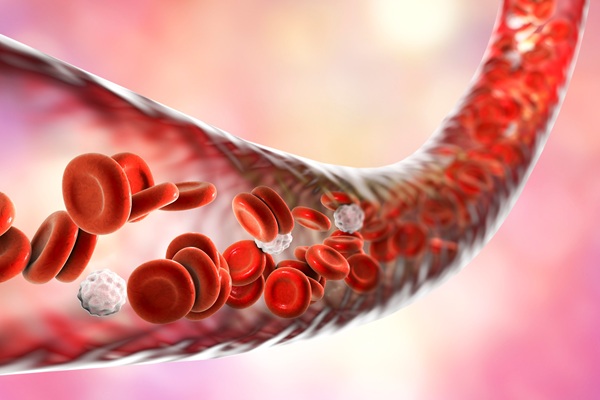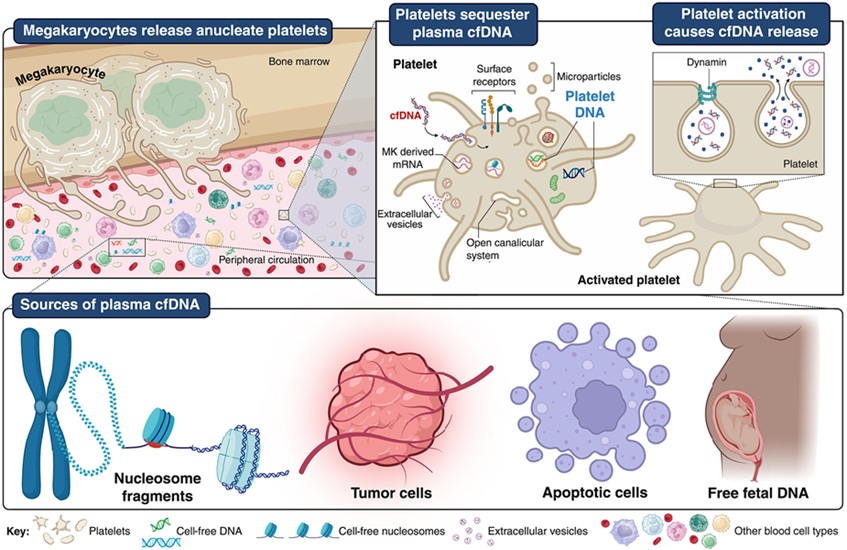Test Developed to Predict Sepsis in Burns Patients
By LabMedica International staff writers
Posted on 13 Jul 2016
The diagnosis of sepsis represents a major clinical challenge as many classical diagnostic biomarkers are masked by the ongoing systemic inflammatory response syndrome following major burn injury.Posted on 13 Jul 2016
A potentially life-saving new test has been developed that will allow clinicians to predict which burn victims will develop sepsis during their treatment. The test uses just three biomarkers of neutrophil function on the day of injury and can determine which patients with major burn injuries are likely to become septic.

Image: The automated XN-1000 hematology analyzer (Photo courtesy of Sysmex).
Scientists at the University of Birmingham (UK) recruited 63 consecutive patients with burns into prospective cohort study within 24 hours of their injury. Blood samples were collected at fixed intervals following injury from day 1until 12 months. Those patients who died during the study and those patients who were lost to follow-up were included in the analysis. The source of sepsis for each episode was made through prospective recording of adverse events during the study. Pneumonia and ventilator-associated pneumonia (VAP), urinary tract infection (UTI), and central line associated blood stream infection (CLABSI) were diagnosed according to the US Centres for Disease Control (CDC, Atalnta, GA, USA) criteria.
Whole blood cell counts were performed on EDTA anticoagulated blood using the Sysmex XN-1000 hematology analyzer (Sysmex UK, Milton Keynes, UK). The measurement of neutrophil phagocytosis and oxidative burst was performed using the commercially available PhagoTEST and Phago- BURST kits (BD Biosciences, Oxford, UK). Both assays, using 10,000 neutrophils, were analyzed on the BD Bioscience Accuri C6 flow cytometer. The investigators also prepared platelet-free plasma, analyzed plasma and serum cell free DNA (cfDNA), performed reat time quantative polymerase chain rections, Western Blots and fluorescent micrsocpy.
The scientists found that neutrophil function was reduced for 28 days postburn injury and to a greater degree in patients who developed sepsis, which was also characterized by elevated immature granulocyte counts (IG) counts. The combination of neutrophil phagocytic capacity, plasma cfDNA levels, and IG count at day one postinjury gave good discriminatory power for the identification of septic patients.
Janet M. Lord, PhD, FmedSci, who jointly led the study said, “Our data showed that IG count could accurately discriminate between septic and non-septic patients, even with the complications that systemic inflammatory response syndrome has caused for other potential biomarkers. In addition to this, when we used a combination of two or more of our biomarkers, the discriminatory power was further enhanced.” The study was published online in June 2016 in the journal Annals of Surgery.
Related Links:
University of Birmingham
US Centres for Disease Control
Sysmex
BD Biosciences













